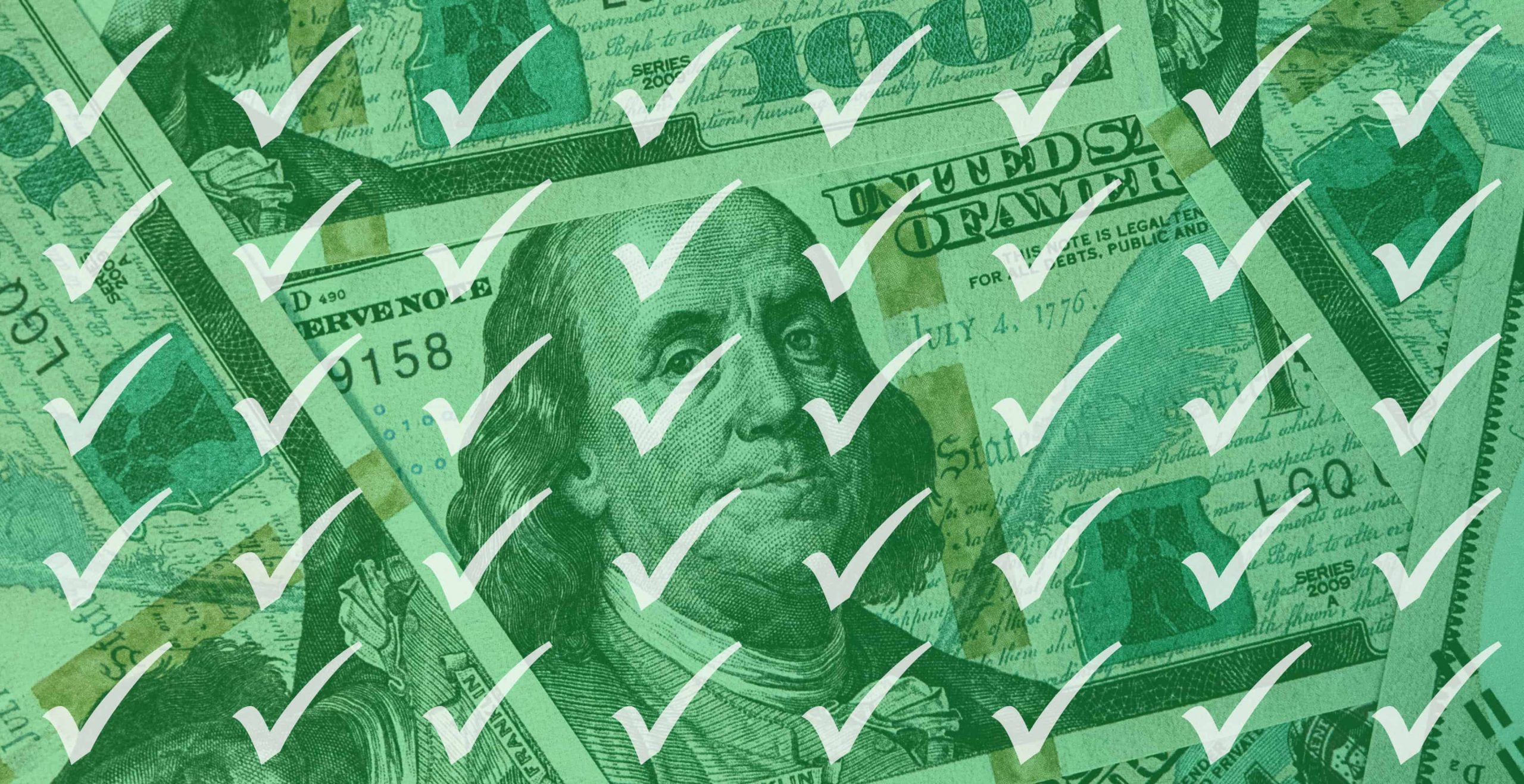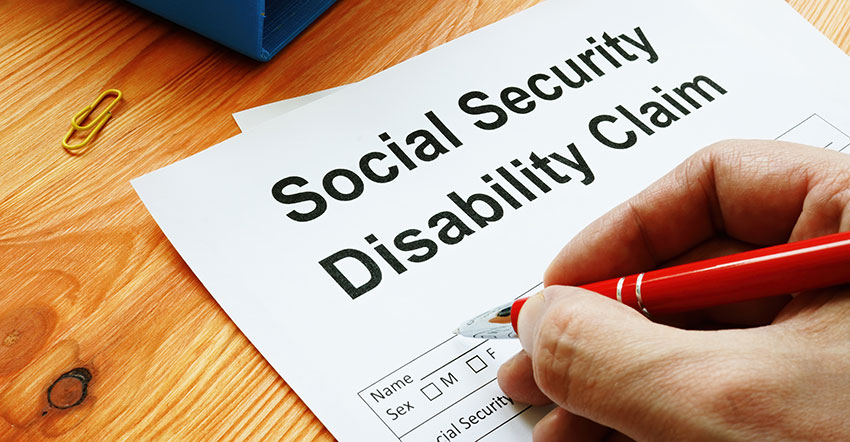The current economic situation is not good, which is affecting many American lives. Generally speaking, people find it hard to afford many essential expenses on their own. When someone finds themselves in a tight spot, they start looking for assistance options. Unfortunately, many people don’t know where or how to start getting assistance. The good news is that the government has multiple assistance programs that cover almost every aspect of life. So, if you need help, you will find that the government offers support options for healthcare, food, education, and more. All you need to do is be aware of how each program can help you with your situation.
How to Get Assistance?
People in different situations have different needs. Each problem requires a different type of assistance, which means you may need to apply for multiple programs to receive the support you need. For this reason, understanding your situation is the first step in finding the best support options for you.
There are multiple sources of information that can help you learn about the options that you can apply for. One of these sources is benefits.gov, which is a resource that the government created. It contains information about hundreds of government assistance programs. Here’s a list of some of the most popular assistance options:
- Medicaid
- Supplemental Nutrition Assistance Program (SNAP)
- Temporary Assistance for Needy Families (TANF)
- Housing Choice Voucher Program (Section 8)
- Weatherization Assistance Program (WAP)
- Lifeline Program
- Education Grants
The above lists only a few examples of the programs that you will find on the website. There is more to explore! To make it easier for visitors to navigate the website, it actually has a tool called the Benefit Finder. This tool can help you find the assistance options that may be helpful for your situation using some information you provide. This information may include your income, the number of family members, etc.
You should keep in mind that the only certain way to find out if you are eligible for any assistance program is to apply. The website can only show useful information about the existing programs. However, it cannot promise that any particular program will be able to assist.
Medicaid
Medicaid is a popular assistance option for low-income people who need help with medical care expenses. It’s a public health insurance program that receives funding from both the federal and state governments. You can apply for this program in one of two ways:
- By contacting the Medicaid agency in your state.
- Through the Health Insurance Marketplace.
It’s important to keep in mind that, although the program generally follows federal rules and regulations, each state will operate it independently.
Supplemental Nutrition Assistance Program (SNAP)
Grocery bills can be a burden for some people. SNAP is often considered one of the most important food assistance programs available through the federal government. It aims to help low-income people with grocery expenses through monthly payments. Every month, participants get their benefits on an Electronic Benefit Transfer (EBT) card. A person’s eligibility for a certain amount of money will be determined by a variety of factors. This includes (but is not limited to) their family status, income, etc. In order to participate, you must contact your local SNAP office. It’s worth noting that each state has its own application process.
Temporary Assistance for Needy Families (TANF)
TANF was created to help low-income families with children become economically stable. This program provides states and territories with funding to assist those who qualify. It provides financial aid in addition to other forms of assistance. Contact the closest TANF office in your area if you are interested in participating. You should keep in mind that this program’s specifics will differ from state to state.
Housing Choice Voucher Program (Section 8)
This is one of the best-known housing assistance programs the federal government provides for low-income people. Section 8 is another name for this program. Public Housing Authorities (PHAs) are responsible for management at the local level. This is despite the program receiving funding from the U.S. Department of Housing and Urban Development (HUD). As a result, there will be different eligibility standards depending on the state you apply in. In general, the goal of the program is to help people in need get safe, low-cost housing options. People who get these vouchers will be able to use them to pay their rent on the private market.
Weatherization Assistance Program (WAP)
When people need some help with lowering their energy bills, or even protecting their family from certain health risks, WAP may be the answer. That’s because this Department of Energy (DOE) program from the federal government aims to help with just that. It is able to do so through weatherization services! Even though it is a federal program, folks will need to handle the application process with their state. This can be done through their state weatherization agency!
Lifeline Program
Is your phone bill too high? The Lifeline program might be able to help. If you qualify for the Lifeline Program, you will get the following benefits:
- Up to $9.25 in monthly discounts on wired and wireless services (if you live on tribal lands, your discount might be up to $34.25).
- Assistance for broadband voice and Internet packages.
You should keep in mind that only one Lifeline service per home may be provided by this program. If you need to learn more about the program, you can contact 800-234-9473 or LifelineSupport@usac.org. It’s important to know that you generally must use the National Verifier application system when you apply for this program.
Education Grants
Most students find education grants to be a very helpful and effective way to get financial help. This is especially true because they do not typically require repayment. Different types of federal grants are available, such as:
- Pell Grants
- Iraq and Afghanistan Service Grants
- Teacher Education Assistance for College and Higher Education (TEACH) Grants
- Federal Supplemental Educational Opportunity Grants (FSEOG)
For federal student aid, you must fill out the Free Application for Federal Student Aid (FAFSA), regardless of which option interests you. However, there are different requirements and guidelines for each of these grants. Your school’s financial aid office can provide you with additional resources and information. You should contact them if you have any questions.
In Conclusion
Overall, if you are financially struggling, you should take advantage of the multiple federal assistance options available. Financial assistance, medical support, food assistance, and even more forms of assistance are available through the federal government. You might be interested in one (or more) of the following opportunities:
- Medicaid
- Supplemental Nutrition Assistance Program (SNAP)
- Temporary Assistance for Needy Families (TANF)
- Housing Choice Voucher Program (Section 8)
- Weatherization Assistance Program (WAP)
- Lifeline Program
- Education Grants
Applying for these assistance opportunities is not the same. Therefore, you will need to understand the specifics of each program. If you still need more clarity on a particular program, you should reach out to the agency responsible for that program’s management. You can try to use the benefits.gov website for extra help.




